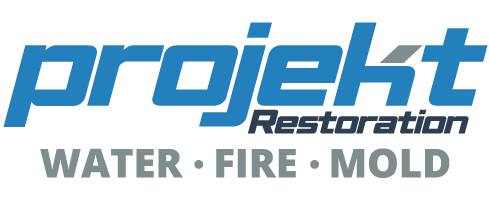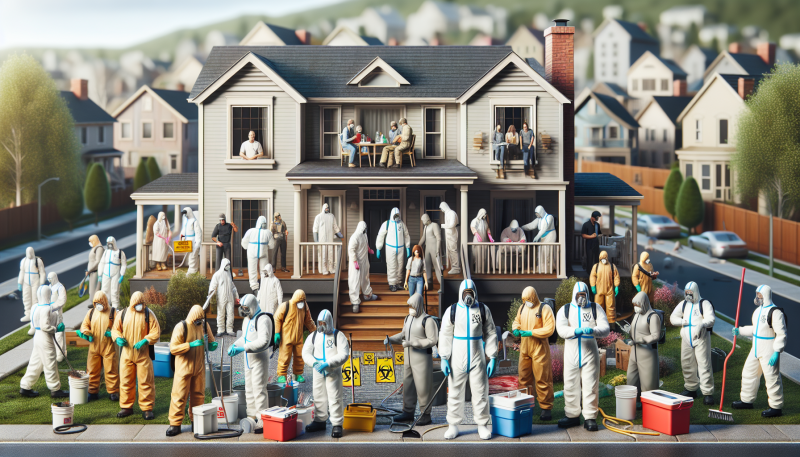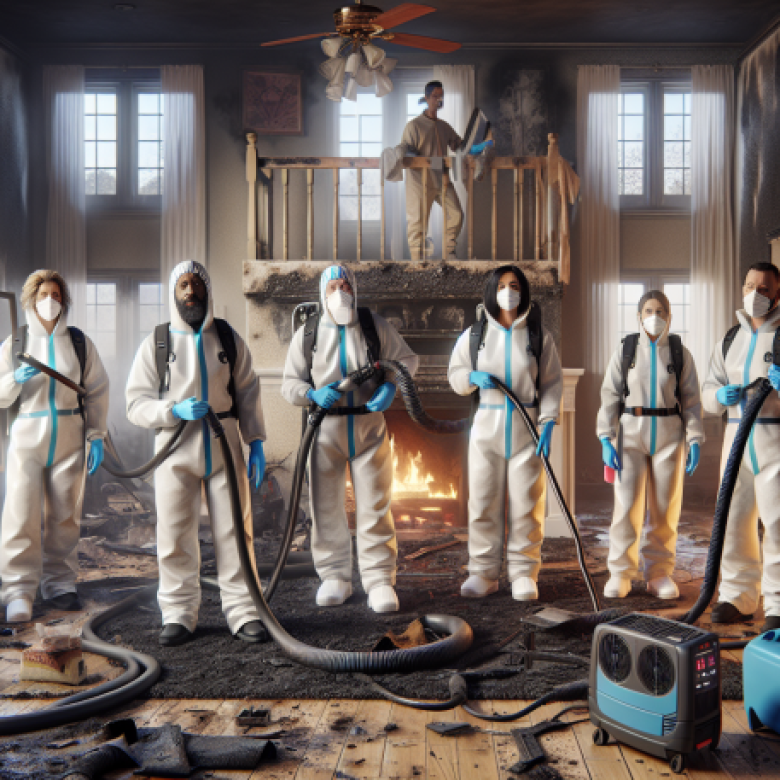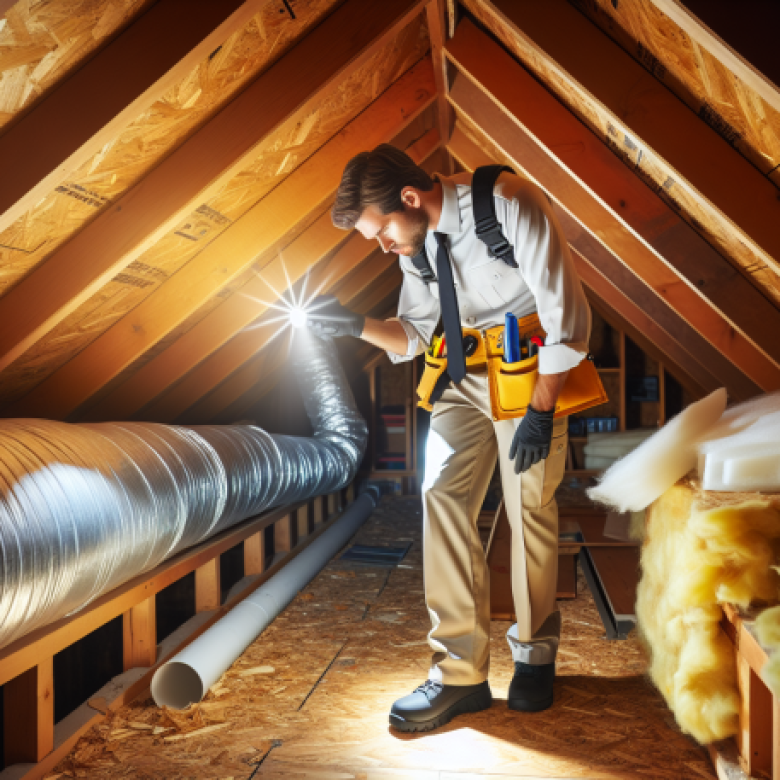Meta Description: Discover everything you need to know about biohazard cleanup costs, including factors affecting pricing, insurance claims assistance, and the importance of professional services like Projekt Restoration.
Understanding Biohazard Cleanup Costs
When it comes to dealing with hazardous materials, understanding the costs associated with biohazard cleanup is crucial. Whether it’s due to a crime scene, an industrial accident, or a medical emergency, the cleanup process can be complex and costly. In this article, we’ll break down the various factors that influence biohazard cleanup costs and provide insights into how you can manage these expenses effectively.
What is Biohazard Cleanup?
Biohazard cleanup refers to the process of removing and decontaminating hazardous materials that can pose a risk to human health. This includes bodily fluids, chemicals, and other potentially infectious materials. The cleanup process requires specialized training, equipment, and safety protocols to ensure that the area is safe for reoccupation.
Factors Influencing Biohazard Cleanup Costs
Several factors can affect the overall cost of biohazard cleanup. Understanding these can help you prepare for the financial implications of such an event.
1. Type of Incident
The nature of the incident plays a significant role in determining cleanup costs. For instance, a simple spill may cost less than a full-scale crime scene cleanup. Each scenario requires different levels of expertise and resources.
2. Size of the Affected Area
The larger the area that needs to be cleaned, the higher the costs. Cleanup companies often charge based on square footage, so extensive contamination can lead to substantial expenses.
3. Level of Contamination
The severity of the contamination also impacts costs. Areas with high levels of biohazardous materials require more intensive cleaning and decontamination processes, which can drive up the price.
4. Location
Geographical location can influence pricing due to varying labor costs and the availability of specialized services. Urban areas may have higher rates compared to rural locations.
5. Insurance Coverage
Having insurance can significantly affect your out-of-pocket expenses. Many policies cover biohazard cleanup, but it’s essential to understand the specifics of your coverage.
Average Biohazard Cleanup Costs
While costs can vary widely, the average price for biohazard cleanup typically ranges from $1,000 to $25,000. This broad range reflects the factors mentioned above. For example, a small residential cleanup might cost around $1,000, while a large commercial property restoration could exceed $25,000.
How to Get an Accurate Estimate
To get an accurate estimate for biohazard cleanup, it’s best to consult with a professional service. Companies like Projekt Restoration offer free consultations and can provide detailed estimates based on your specific situation.
The Importance of Professional Biohazard Cleanup
Why You Should Hire Experts
When dealing with biohazardous materials, hiring professionals is crucial. Here’s why:
1. Safety First
Professionals are trained to handle hazardous materials safely. They use protective gear and follow strict protocols to minimize risks to themselves and others.
2. Proper Equipment
Biohazard cleanup requires specialized equipment that most individuals do not have access to. Professionals come equipped with the necessary tools to ensure thorough cleaning and decontamination.
3. Compliance with Regulations
There are strict regulations governing the cleanup of biohazardous materials. Professional services are familiar with these laws and ensure compliance, protecting you from potential legal issues.
What to Expect from a Biohazard Cleanup Service
When you hire a biohazard cleanup service, here’s what you can typically expect:
Initial Assessment
The cleanup process begins with an initial assessment of the site. This helps the professionals understand the extent of the contamination and develop a cleanup plan.
Containment
To prevent the spread of contaminants, the area will be contained. This may involve sealing off the space and using air filtration systems.
Cleanup and Decontamination
The actual cleanup involves removing hazardous materials, disinfecting surfaces, and ensuring that the area is safe for reoccupation.
Final Inspection
After cleanup, a final inspection is conducted to ensure that all hazards have been addressed. This step is crucial for confirming that the area is safe.
Insurance Claims Assistance for Biohazard Cleanup
Navigating Insurance Claims
Dealing with the aftermath of a biohazard incident can be overwhelming, especially when it comes to insurance claims. Here’s how to navigate the process effectively.
1. Understand Your Coverage
Before an incident occurs, review your insurance policy to understand what is covered. Many homeowners and commercial policies include provisions for biohazard cleanup.
2. Document Everything
After an incident, document the damage thoroughly. Take photos and keep records of any communications with your insurance company. This documentation will be vital when filing your claim.
3. Work with Professionals
Many biohazard cleanup companies, including Projekt Restoration, offer insurance claims assistance. They can help you navigate the paperwork and ensure that you receive the coverage you’re entitled to.
Common Insurance Questions
Will my insurance cover biohazard cleanup?
Most homeowners and commercial insurance policies cover biohazard cleanup, but it’s essential to check your specific policy for details.
How do I file a claim for biohazard cleanup?
To file a claim, contact your insurance company and provide them with the necessary documentation, including photos and estimates from cleanup professionals.
Cost-Saving Tips for Biohazard Cleanup
How to Reduce Biohazard Cleanup Costs
While biohazard cleanup can be expensive, there are ways to manage and potentially reduce costs.
1. Act Quickly
The sooner you address a biohazard situation, the less it will likely cost. Delays can lead to further contamination and increased cleanup expenses.
2. Compare Quotes
Don’t settle for the first quote you receive. Compare estimates from multiple biohazard cleanup companies to find the best price.
3. Check for Discounts
Some companies offer discounts for certain situations, such as military service or senior citizens. Always ask about potential savings.
The Role of DIY in Biohazard Cleanup
While DIY solutions may seem tempting, they can be dangerous and ineffective. Here’s why you should avoid DIY biohazard cleanup:
1. Health Risks
Handling biohazardous materials without proper training and equipment poses significant health risks. Professionals are trained to manage these hazards safely.
2. Incomplete Cleanup
Without the right tools and knowledge, you may not fully decontaminate the area, leading to lingering health risks.
3. Legal Issues
Improper cleanup can lead to legal liabilities. Hiring professionals ensures compliance with regulations and protects you from potential lawsuits.
The Process of Biohazard Cleanup
Step-by-Step Breakdown
Understanding the biohazard cleanup process can help demystify what to expect. Here’s a step-by-step breakdown:
Step 1: Initial Consultation
The process begins with a consultation where professionals assess the situation and provide a detailed plan.
Step 2: Containment
Next, the area is contained to prevent the spread of contaminants. This may involve sealing off the space and using air filtration systems.
Step 3: Cleanup
The actual cleanup involves removing hazardous materials, disinfecting surfaces, and ensuring that the area is safe for reoccupation.
Step 4: Disposal
All hazardous materials must be disposed of according to local regulations. Professionals handle this process to ensure compliance.
Step 5: Final Inspection
After cleanup, a final inspection is conducted to ensure that all hazards have been addressed. This step is crucial for confirming that the area is safe.
The Importance of Mold Assessment and Remediation
Why Mold Assessment Matters
Mold can be a significant concern in biohazard situations. Here’s why mold assessment and remediation are essential:
1. Health Risks
Mold exposure can lead to various health issues, including respiratory problems and allergic reactions. Assessing for mold is crucial to ensure safety.
2. Structural Damage
Mold can cause significant damage to structures if left untreated. Early assessment and remediation can save you from costly repairs down the line.
3. Comprehensive Cleanup
A thorough biohazard cleanup should include mold assessment to ensure that all potential hazards are addressed.
How to Identify Mold Issues
Identifying mold issues early can save you time and money. Here are some signs to look for:
1. Musty Odors
A persistent musty smell is often a sign of mold growth.
2. Visible Mold
If you see mold growth on surfaces, it’s essential to address it immediately.
3. Water Damage
Any signs of water damage, such as stains or discoloration, should be investigated for potential mold growth.
Fire Damage Restoration and Its Costs
Understanding Fire Damage Restoration
Fire damage restoration is another critical aspect of property restoration. Here’s what you need to know about the costs involved.
1. Assessing Fire Damage
The first step in fire damage restoration is assessing the extent of the damage. This includes structural damage, smoke damage, and water damage from firefighting efforts.
2. Cleanup and Restoration
The cleanup process involves removing debris, cleaning soot, and repairing damaged structures. Costs can vary widely based on the extent of the damage.
3. Insurance Coverage
Like biohazard cleanup, many insurance policies cover fire damage restoration. It’s essential to understand your coverage to manage costs effectively.
Average Costs for Fire Damage Restoration
On average, fire damage restoration costs can range from $2,000 to $50,000, depending on the severity of the damage. Smaller residential fires may cost around $2,000, while extensive commercial restorations can exceed $50,000.
The Role of 24/7 Emergency Services
Why 24/7 Emergency Services Matter
When a biohazard incident occurs, having access to 24/7 emergency services is crucial. Here’s why:
1. Immediate Response
Biohazard situations require immediate attention to prevent further damage and health risks. 24/7 services ensure that help is available when you need it most.
2. Minimizing Damage
Quick response times can minimize damage and reduce overall cleanup costs. The sooner professionals arrive, the less likely the situation will escalate.
3. Peace of Mind
Knowing that help is available around the clock provides peace of mind during a stressful situation.
Low Pricing Options for Biohazard Cleanup
Finding Affordable Biohazard Cleanup Services
While biohazard cleanup can be costly, there are options for low pricing. Here’s how to find affordable services:
1. Research Local Companies
Look for local biohazard cleanup companies that offer competitive pricing. Reading reviews and comparing quotes can help you find the best deal.
2. Ask About Payment Plans
Some companies offer payment plans to help manage costs. Don’t hesitate to ask about financing options.
3. Check for Discounts
Many companies provide discounts for certain situations, such as military service or senior citizens. Always inquire about potential savings.
The Importance of Quality Over Price
While finding low pricing options is essential, it’s crucial not to compromise on quality. Here’s why:
1. Safety Risks
Choosing the cheapest option may lead to subpar work, putting your health and safety at risk.
2. Long-Term Costs
Poor cleanup can result in long-term issues, such as mold growth or structural damage, leading to higher costs down the line.
3. Reputation Matters
Investing in a reputable company ensures that you receive quality service and peace of mind.
Frequently Asked Questions (FAQs)
1. What are biohazard cleanup costs?
Biohazard cleanup costs can range from $1,000 to $25,000, depending on factors like the type of incident, size of the area, and level of contamination.
2. Does insurance cover biohazard cleanup?
Many homeowners and commercial insurance policies cover biohazard cleanup, but it’s essential to check your specific policy for details.
3. How long does biohazard cleanup take?
The duration of biohazard cleanup varies based on the extent of the contamination. It can take anywhere from a few hours to several days.
4. Can I do biohazard cleanup myself?
While DIY solutions may seem tempting, they can be dangerous and ineffective. It’s best to hire professionals for biohazard cleanup.
5. What should I do if I discover a biohazard?
If you discover a biohazard, it’s crucial to avoid contact and call a professional cleanup service immediately.
6. How can I find a reputable biohazard cleanup company?
Research local companies, read reviews, and ask for quotes to find a reputable biohazard cleanup service.
Conclusion
Understanding biohazard cleanup costs is essential for anyone facing a hazardous situation. By knowing the factors that influence pricing, the importance of professional services, and how to navigate insurance claims, you can better prepare for the financial implications of a biohazard incident. Remember, when it comes to biohazard cleanup, safety and thoroughness should always come first. For expert assistance, consider reaching out to Projekt Restoration, your go-to water, fire, and mold restoration experts. They offer comprehensive services, including mold assessment, biohazard cleanup, and reconstruction, ensuring that your property is safe and secure.





